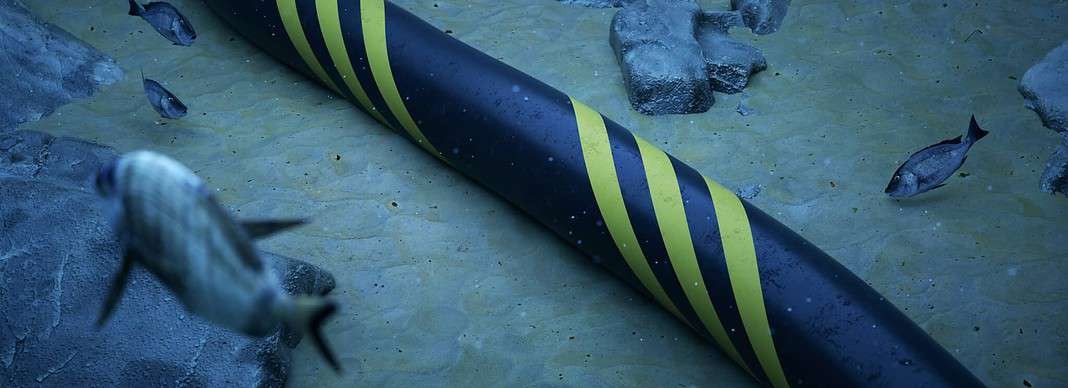Researchers in Norway have devised a novel way to use the existing global network of fiber-optic cables to listen to the planet, particularly whales.
The team successfully published the sounds of Blue and fin whales which were detected using cables off the coast of Svalbard.
The scientists developed a tool that turns the cable into a listening device. Whenever a sound wave hits the cable, it flexes. The team developed the interrogator tool, which can then measure this flex and turn it into a sound.
The novel development could change the way we listen to the planet. With over 1.2 million Km/745,645 miles of fiber optic cables around the world, scientists think we could have the ability to listen to vast swathes of our planet.
Commenting on the new work, Martin Landrø, a professor at the Norwegian University of Science and Technology’s Department of Electronic Systems and head of the Center for Geophysical Forecasting, stated:
“This could be a game-changing global observatory for Ocean-Earth sciences…And we can measure the relative stretch of the fibre extremely precisely…It has been around for a long time, this technology. But it has made a huge step forward in the last past five years. So now we are able to use this to monitor and measure acoustic signals over distances up to 100 to 200 kilometres. So that’s the new thing. Although current interrogators are not yet able to sense beyond the repeaters typically used in long fibre-optic cables, the technology is developing very quickly and we expect to be able to overcome these limitations soon.”
While the head of Sikt’s national R&E network Olaf Schjelderup stated in an earlier piece about the work:
“The fiber cable between Longyearbyen and Ny-Ålesund, which was put in production in 2015 after 5 years of planning and prework, and mainly funded by our ministry, was intended to serve the research community and the geodetic station in Ny Ålesund with high and resilient communication capacity…The DAS sensing and whale observation experiment shows a completely new use of this kind of fibre optic infrastructure, resulting in excellent, unique science.”
You can find the original research here.

